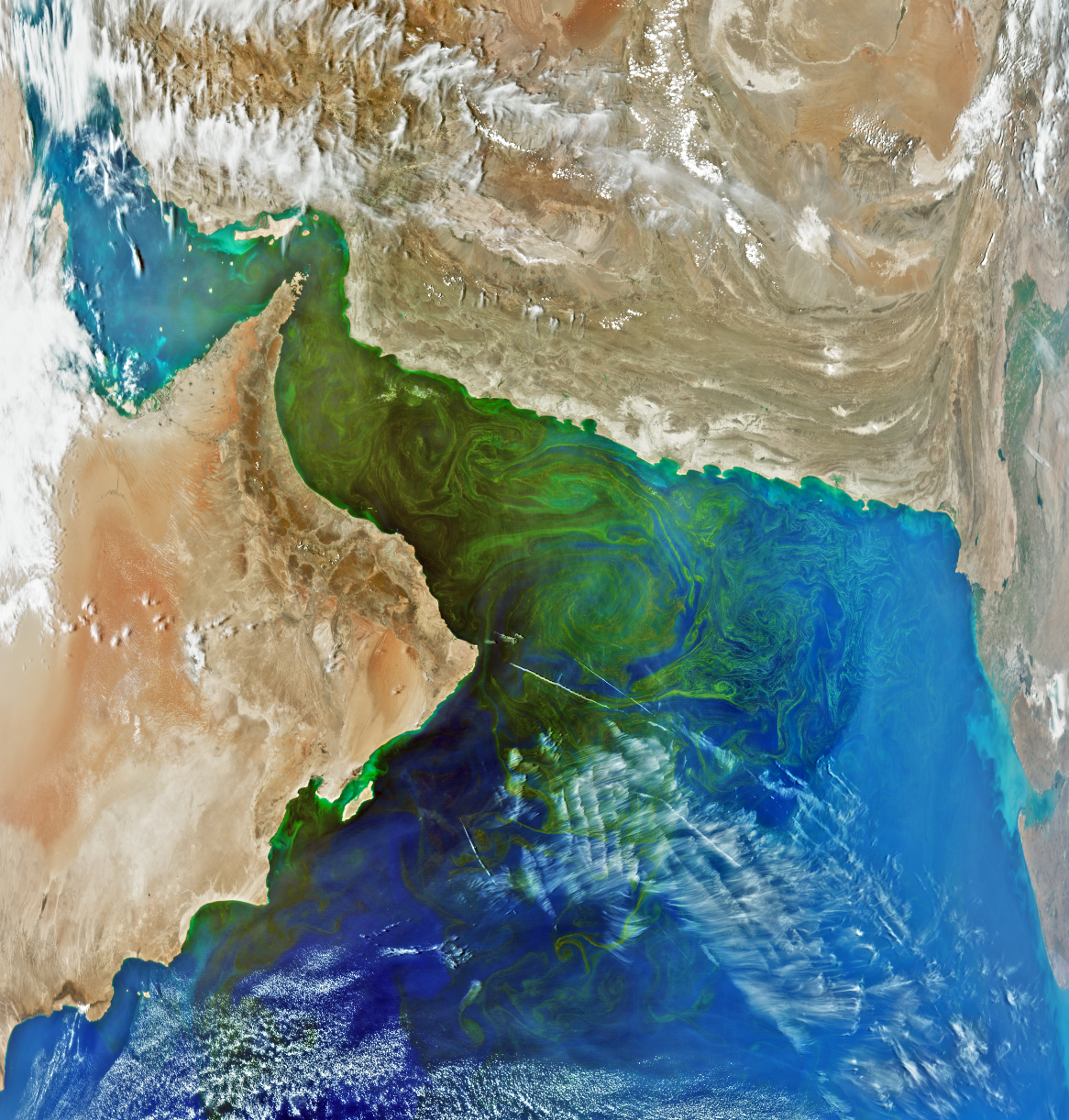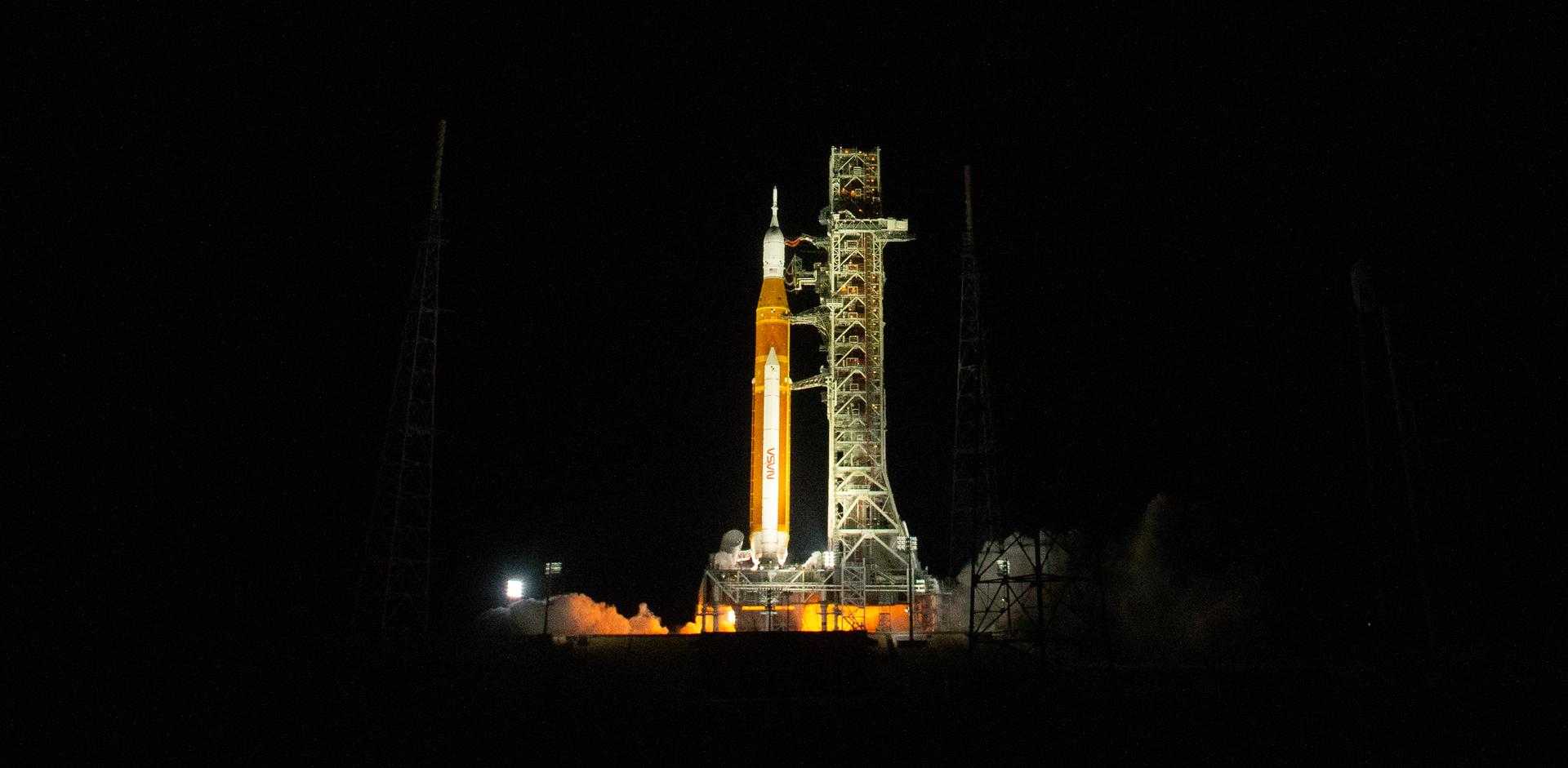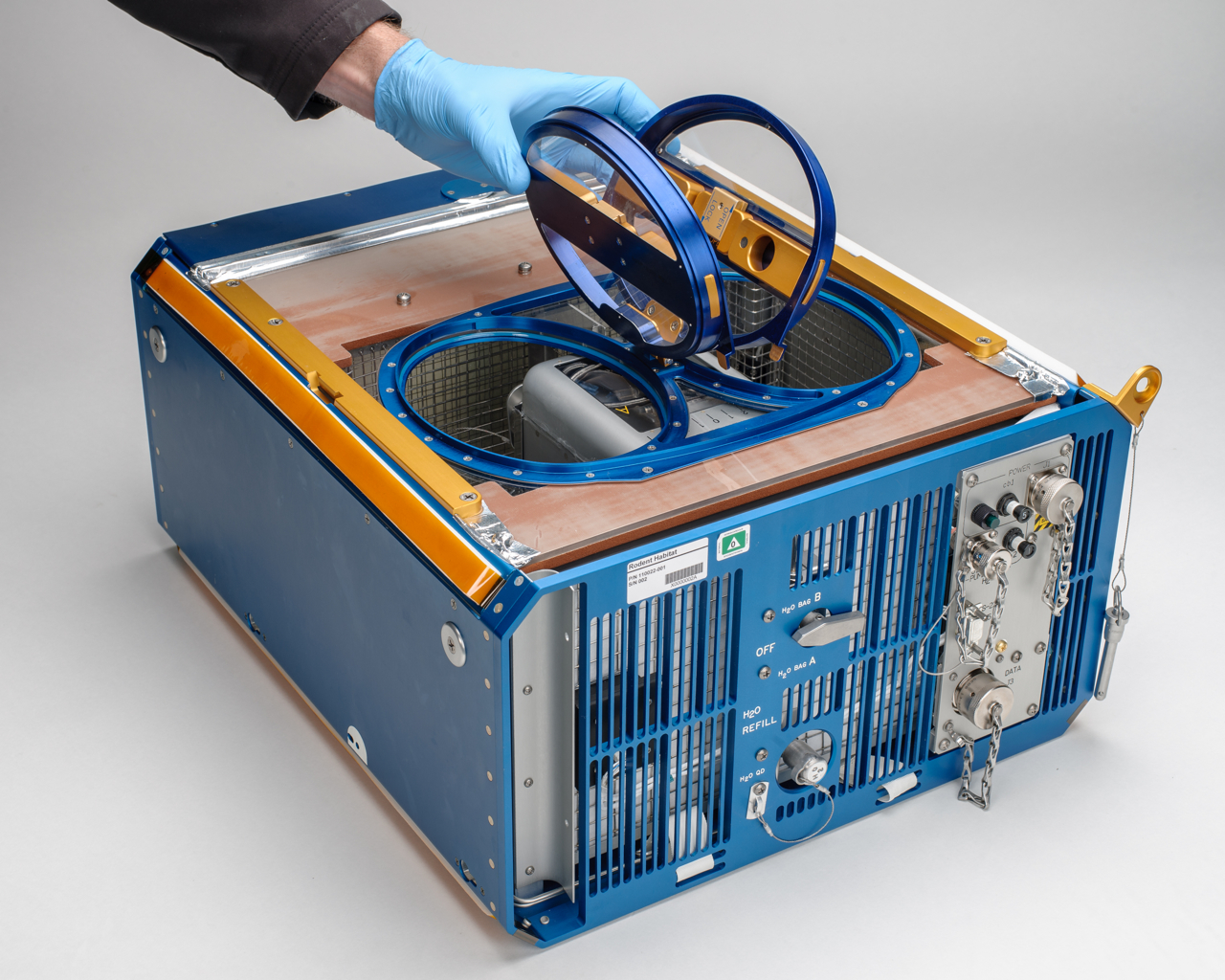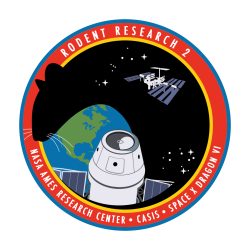Rodent Research-2 (SpaceX-6)
Rodent Research-2 is a life science research mission that launched to the International Space Station aboard SpaceX-6 carrying a commercial research investigation sponsored by the Center for the Advancement of Science in Space (CASIS). Rodent Research-2 will provide imaging data and tissue samples to the International Space Station (ISS) U.S. National Lab. The primary objective of this research is to monitor the effects of the space environment on the musculoskeletal and neurological systems of mice as model organisms of human health and disease. This project will help ISS U.S. National Lab investigators to discover new molecular targets that can facilitate the development of novel therapeutics for the treatment of muscle and bone-related diseases.
NASA’s Rodent Research Hardware System provides a research platform aboard the space station for long-duration rodent experiments in space. Such experiments will examine how microgravity affects the rodents, providing information relevant to human spaceflight, discoveries in basic biology, and knowledge that can help treat human disease on Earth. NASA and CASIS are developing more spaceflight experiments that will use the Rodent Research Hardware System. The maiden voyage of the system, Rodent Research-1, launched aboard SpaceX-4 on September 21, 2014. Rodent Research-1 operations have been completed.
Project manager: Janet Beegle, NASA, Ames Research Center
Project scientist: Ruth Globus Ph.D., NASA, Ames Research Center
For more information, see the Space Station Research Explorer for the Rodent Research-2 mission.





























